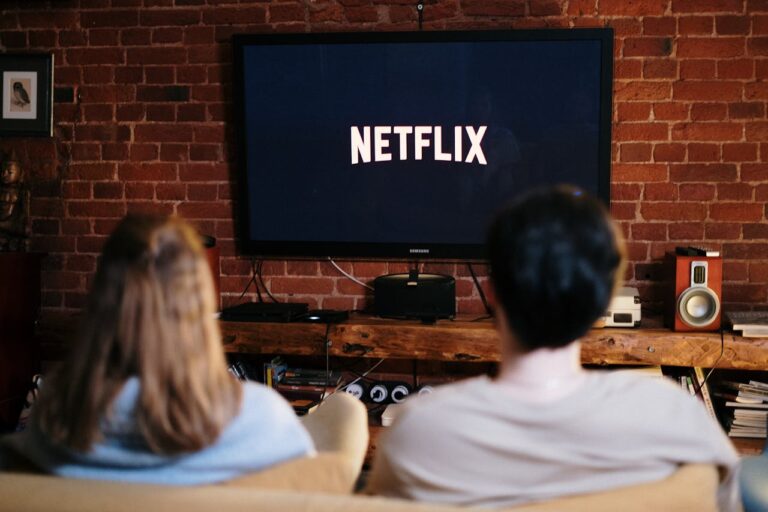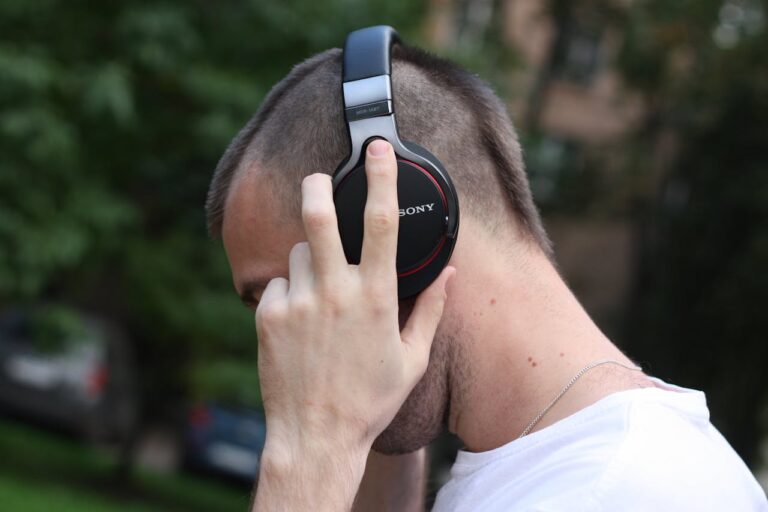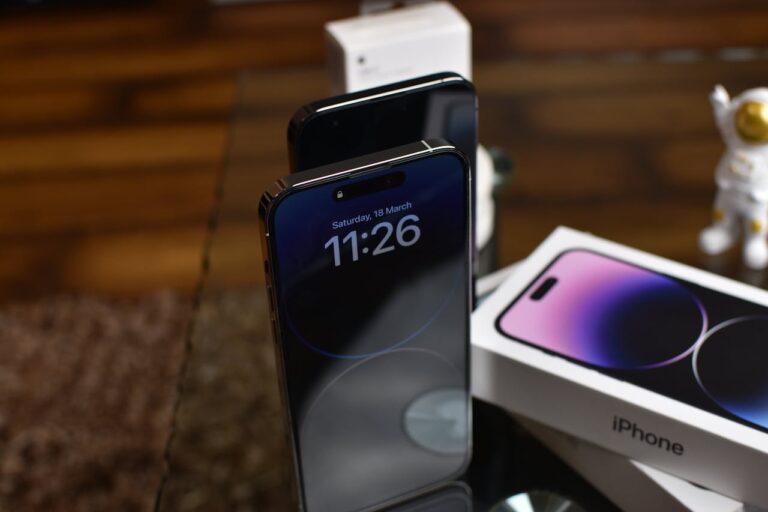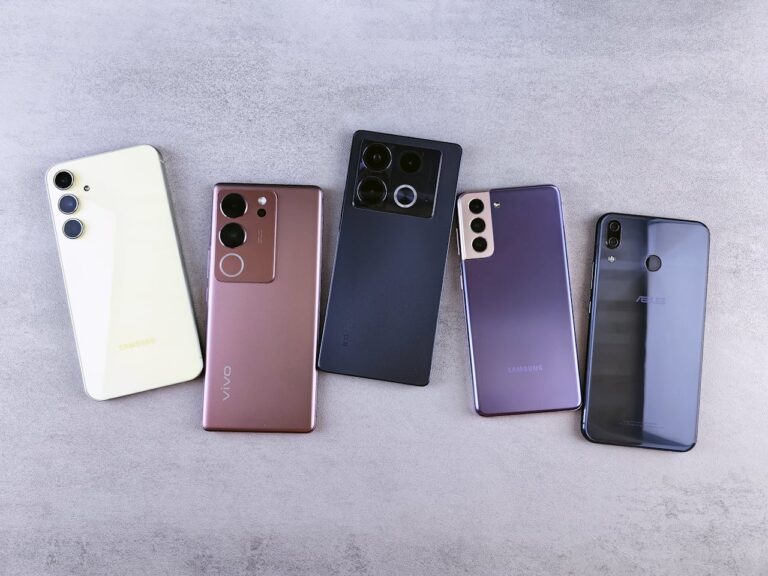Write Us: hello@ali5.org
Viral Health Trends on YouTube Reviewed – What’s Real, What’s Rubbish?
Are viral health trends on YouTube actually safe or effective? We reviewed the top ones to separate real wellness tips from misleading internet nonsense.

YouTube is a goldmine for health advice, until it isn’t. One minute, you’re watching a doctor explain intermittent fasting; the next, someone’s drinking pickle juice for weight loss. The problem? Views don’t equal truth. So let’s cut through the noise and get real about what’s actually worth your time (and what’s absolute rubbish).
In 2025, these are the most popular health trends on YouTube. Let’s see if they make sense.
1. Raw Carrot Salad for Hormonal Balance – Real (With Limits)
The Claim: Eating raw carrots daily helps detox excess estrogen, leading to better skin, reduced PMS, and stable mood.
Why It Went Viral: Influencers love simplicity, and this trend checks that box. No supplements, no special products, just carrots.
The Reality: There’s some science behind it. Raw carrots contain unique fibers that can bind to estrogen and help your body eliminate it. They also support gut health, which plays a role in hormone regulation.
The Rubbish Part: It’s not a magic fix. Hormonal imbalances usually require a more complex, long-term approach involving diet, sleep, and sometimes medical help. Carrots can help, but they’re not a cure-all.
2. Dry Scooping Pre-Workout – Rubbish and Dangerous
The Claim: Taking a scoop of pre-workout powder without water gives a more intense energy rush.
Why It Went Viral: TikTok and YouTube fitness creators hyped it for the shock factor, plus gym culture thrives on extremes.
The Reality: Dry scooping can lead to choking, heart palpitations, or even cardiac arrest. The American Heart Association has warned against it. Pre-workout powders are designed to be diluted for a reason: your body needs to absorb them gradually.
Verdict: Skip the trend. Use pre-workouts as intended or, better yet, fuel your workouts with real food and proper hydration.
3. Cold Showers and Ice Baths – Real (But Overhyped)
The Claim: Cold exposure boosts immunity, mental clarity, metabolism, and even emotional resilience.
Why It Went Viral: Wim Hof’s methods and fitness influencers turned ice baths into a daily ritual. YouTubers love filming their reactions for views.
The Reality: Studies show cold exposure can reduce inflammation and improve mental focus. It also helps with muscle recovery and mood (thanks to the dopamine rush).
The Rubbish Part: It’s not going to fix anxiety or depression on its own. And there’s a point of diminishing returns; daily 15-minute ice baths aren’t necessary for most people.
4. “What I Eat in a Day” from Fitness Influencers – Rubbish (Most of the Time)
The Claim: These videos show a healthy daily routine and provide food inspiration.
Why It Went Viral: We’re naturally curious about what fit, attractive people eat. Plus, it feels relatable.
The Reality: Most of these are heavily curated, edited, and not nutritionally balanced. Calorie counts are often wrong, and the meals may not suit your own health needs, especially if you have different activity levels, medical conditions, or goals.
Verdict: Watch for entertainment, not education. Your best “what I eat in a day” should come from a registered dietitian, not a fitness model.
5. Oil Pulling for Detox and Teeth Whitening – Mostly Rubbish
The Claim: Swishing coconut oil in your mouth for 15-20 minutes detoxes the body and whitens teeth.
Why It Went Viral: It’s ancient, “natural,” and low-effort, three things YouTube loves.
The Reality: Oil pulling may slightly reduce oral bacteria, but it’s not better than brushing and flossing. As for whitening, the effect is minimal at best.
Verdict: It won’t hurt you, but don’t expect miracle detoxes or pearly whites. Stick to proven dental hygiene practices.
6. Lymphatic Drainage Massage – Real, But Often Misunderstood
The Claim: These massages reduce bloating, help detox the body, and improve immune function.
Why It Went Viral: Those “before and after” bloating videos are everywhere, and they’re convincing.
The Reality: Lymphatic massage can reduce temporary water retention and bloating. It stimulates fluid movement, which helps with puffiness, especially after salty meals or travel.
The Rubbish Part: It doesn’t “detox” your body in the way people claim. Your liver and kidneys handle detoxing. Also, daily self-massage won’t give long-term fat loss.
7. “10,000 Steps a Day” Challenge – Real and Worth It
The Claim: Walking 10,000 steps daily can improve heart health, mental clarity, and weight loss.
Why It Went Viral: Simple metrics make for viral titles: “I walked 10,000 steps for a month and this happened…”
The Reality: Walking more, any amount, is great for your health. Studies now show that even 7,000 steps can significantly improve cardiovascular health. The key is consistency.
Verdict: Real. Whether it’s 7,000 or 10,000 steps, walking works.
8. Alkaline Water for pH Balance – Rubbish
The Claim: Drinking alkaline water balances your body’s pH and prevents disease.
Why It Went Viral: It sounds scientific, and influencers swear by it.
The Reality: Your body already regulates its pH very tightly. The stomach’s acid neutralizes alkaline water instantly. There’s no real evidence that it prevents disease or improves hydration more than regular water.
Verdict: Expensive and unnecessary. Hydrate with clean, regular water.
9. “Girl Dinner” and Other Aesthetic Meals – Rubbish Masquerading as Relatable
The Claim: It’s okay to eat snack-like, low-effort meals if that’s all you can manage.
Why It Went Viral: It’s a mix of self-deprecating humor, laziness, and pretty visuals. Think crackers, cheese, and a few berries, arranged nicely.
The Reality: Occasionally, sure. But it’s not nutritionally complete. Many of these meals lack protein, fiber, or actual substance.
Verdict: Fun trend. Not a health tip. Don’t copy it every night.
So, What Can You Trust?
Let’s be real: just because something goes viral doesn’t mean it’s total trash, or totally legit. Here’s how to spot the difference:
-
Check the source. If it’s a certified nutritionist, doctor, or trainer, give them more weight than someone who just looks fit on camera.
-
Look for evidence. Trends backed by peer-reviewed studies carry more credibility.
-
Beware of extremes. If a video says you can detox your entire body with one drink, it’s probably fake.
-
Follow your body. Even if a trend is “real,” it doesn’t mean it’s right for you.
Final Thoughts
YouTube is full of creative, inspiring, and sometimes wild health content. Some of it’s based in science. Some of it’s based on sales. The goal isn’t to avoid trends completely, it’s to be smart about which ones you actually follow.
So next time someone tells you to eat raw liver, skip meals, or dry scoop pre-workout, ask yourself: is this advice, or just entertainment?







